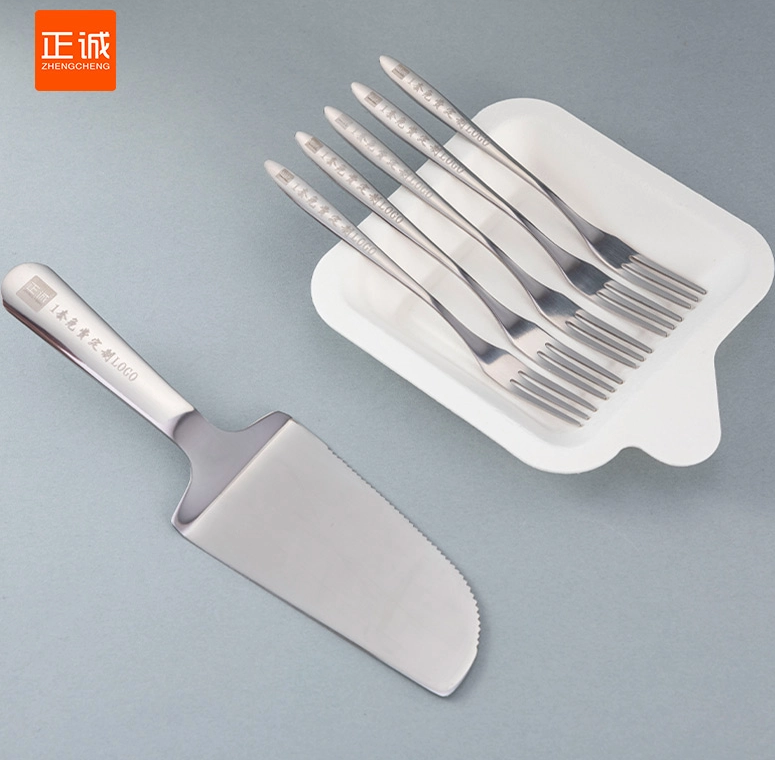Screen printing, a time-honored technique for transferring designs onto various surfaces, has gained immense popularity in the textile industry. As businesses and individuals seek unique ways to express their creativity, the question arises: can screen prints go on any fabric? This article delves into the intricacies of screen printing on different fabrics, exploring the compatibility, challenges, and best practices to ensure high-quality results.
Understanding Screen Printing
Screen printing involves creating a stencil (or screen) and using it to apply layers of ink onto a substrate. The process is versatile, allowing for vibrant colors and intricate designs. However, the choice of fabric plays a crucial role in the outcome of the print. Not all fabrics are created equal, and understanding their properties can significantly affect the quality and durability of the screen print.
Fabric Types and Their Compatibility with Screen Printing
- Cotton:
Cotton is the most commonly used fabric for screen printing. Its absorbent nature allows for vibrant ink application, resulting in sharp and detailed prints. Additionally, cotton's breathability and softness make it a preferred choice for apparel. However, pre-treatment may be necessary to enhance ink adhesion and prevent fading. - Polyester:
Polyester fabrics can also be screen printed, but they require special inks, such as plastisol or discharge inks, to achieve optimal results. The smooth surface of polyester can sometimes lead to issues with ink adhesion, so using a heat press to cure the ink is essential. Additionally, the dye-sublimation technique is often employed for polyester, allowing for full-color prints that penetrate the fabric. - Blends:
Fabrics that are blends of cotton and polyester offer a balance of durability and print quality. Screen printing on these fabrics can yield excellent results, but it is crucial to consider the percentage of each fiber. Higher cotton content generally leads to better ink absorption, while higher polyester content may require specialized inks. - Nylon:
Nylon presents unique challenges for screen printing due to its slick surface. While it is possible to print on nylon, using a special adhesive ink is necessary to ensure proper adhesion. Additionally, the fabric's tendency to stretch can affect the print's longevity, making it essential to use a heat-setting process. - Canvas:
Canvas is a robust fabric often used for bags, shoes, and home décor. Its textured surface can create a unique look for screen prints. However, the thickness of the canvas may require adjustments in the printing process, such as using a thicker ink or adjusting the squeegee pressure. - Specialty Fabrics:
Fabrics like silk, rayon, and spandex can also be screen printed, but they often require specific inks and techniques. For instance, silk may need water-based inks to prevent damage, while spandex requires inks that can stretch without cracking. Understanding the properties of these fabrics is crucial for achieving successful prints.
Challenges in Screen Printing on Various Fabrics
While screen printing can be applied to a wide range of fabrics, several challenges may arise:
- Ink Adhesion: Different fabrics interact with inks in unique ways. Ensuring proper adhesion is critical to prevent peeling or fading over time.
- Fabric Stretch: Fabrics that stretch, like spandex, require inks that can maintain their integrity without cracking.
- Pre-Treatment: Some fabrics may need pre-treatment to enhance ink adhesion, which can add time and cost to the printing process.
- Curing: Proper curing is essential for the longevity of the print. Each fabric type may require different curing temperatures and times.
Best Practices for Successful Screen Printing
To achieve the best results when screen printing on various fabrics, consider the following best practices:
- Choose the Right Ink: Select inks specifically designed for the fabric type. For example, use water-based inks for natural fibers and plastisol inks for synthetic materials.
- Conduct a Test Print: Always perform a test print on a sample of the fabric to assess ink adhesion and print quality before proceeding with a full run.
- Adjust Printing Techniques: Modify your printing techniques based on the fabric's characteristics. This may include adjusting squeegee pressure, ink viscosity, or curing methods.
- Maintain Equipment: Regularly clean and maintain screens, squeegees, and other equipment to ensure consistent print quality.
- Educate Clients: If you are providing screen printing services, educate your clients about the best fabric choices for their desired designs to ensure satisfaction with the final product.
Conclusion
In conclusion, while screen prints can be applied to a variety of fabrics, the success of the print depends on understanding the unique properties of each material. By selecting the appropriate inks, techniques, and equipment, screen printers can unlock the potential of diverse fabrics, creating stunning and durable designs. Whether you are a seasoned professional or a DIY enthusiast, knowing the ins and outs of screen printing on different fabrics will empower you to take your projects to the next level.


